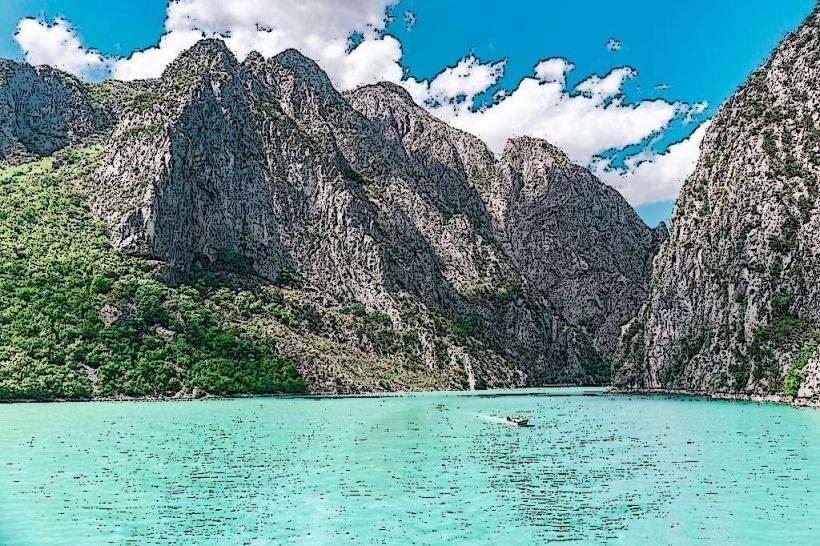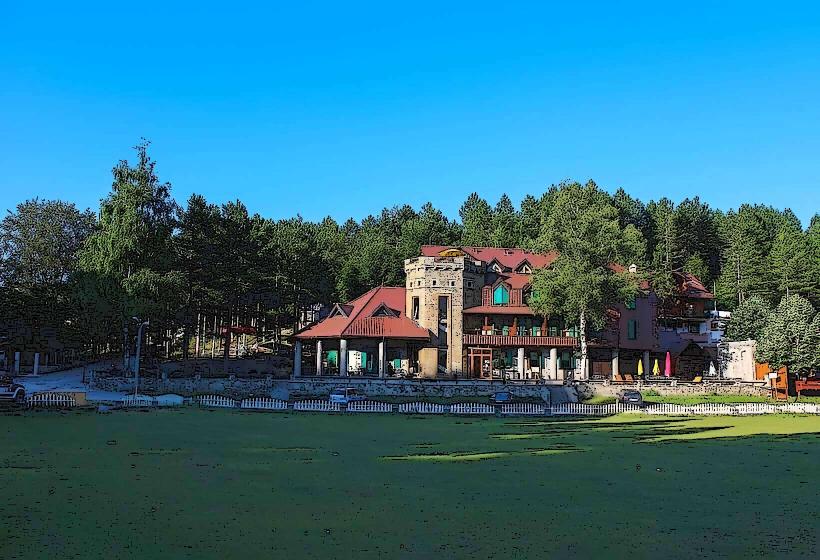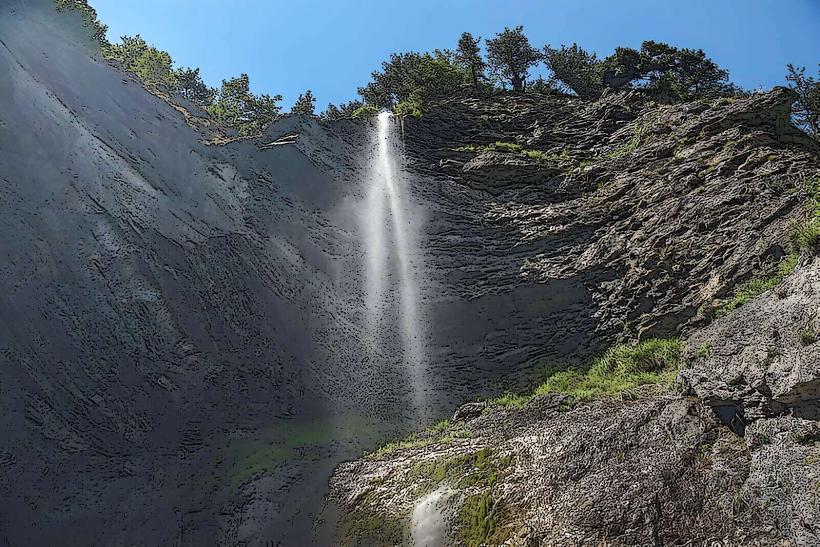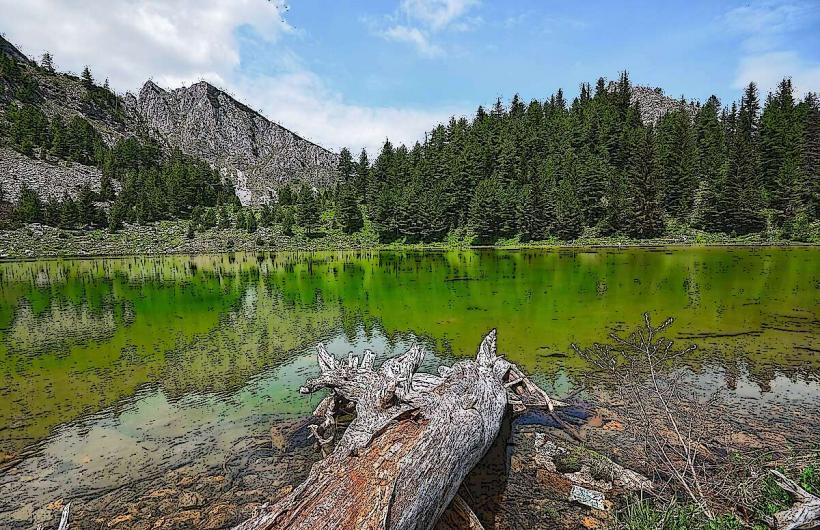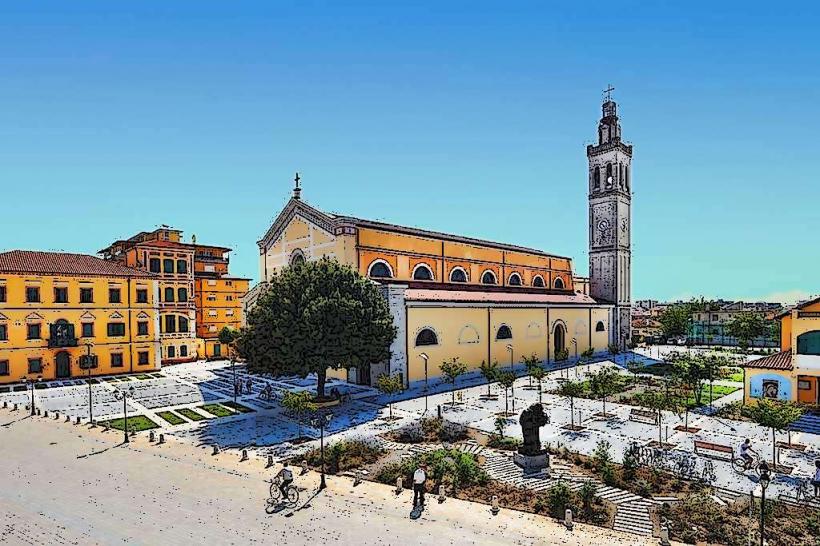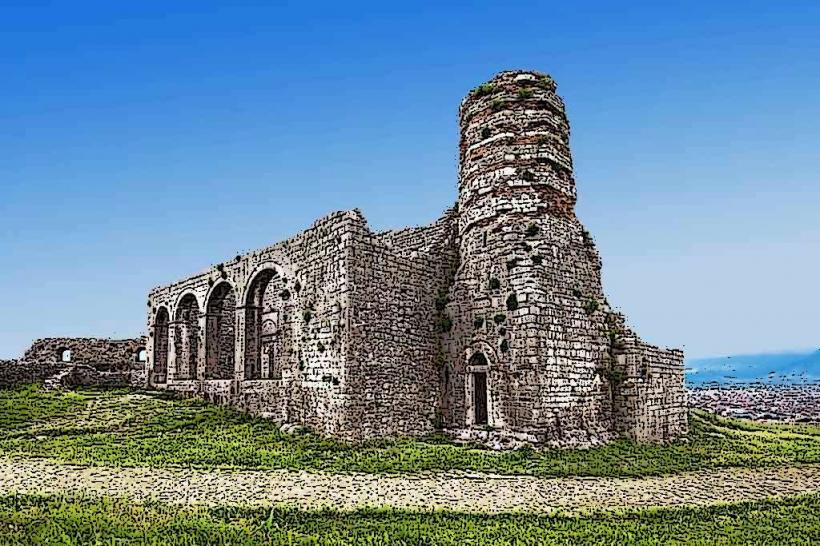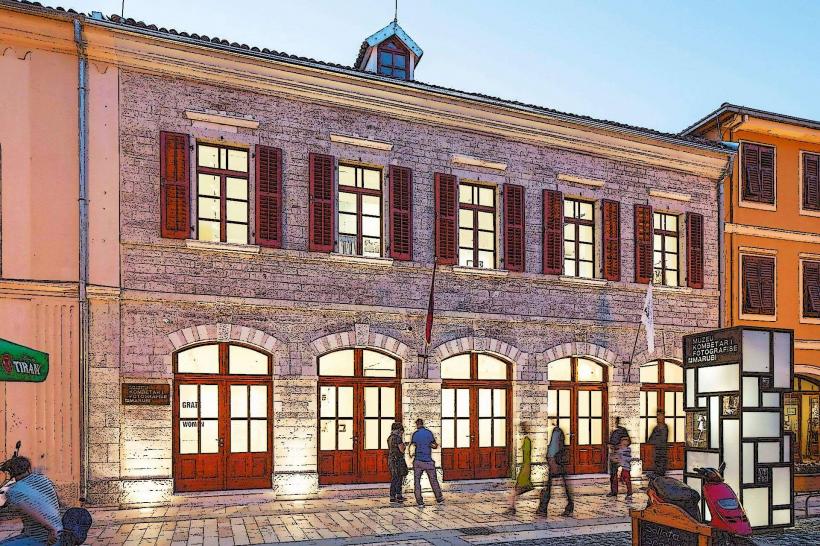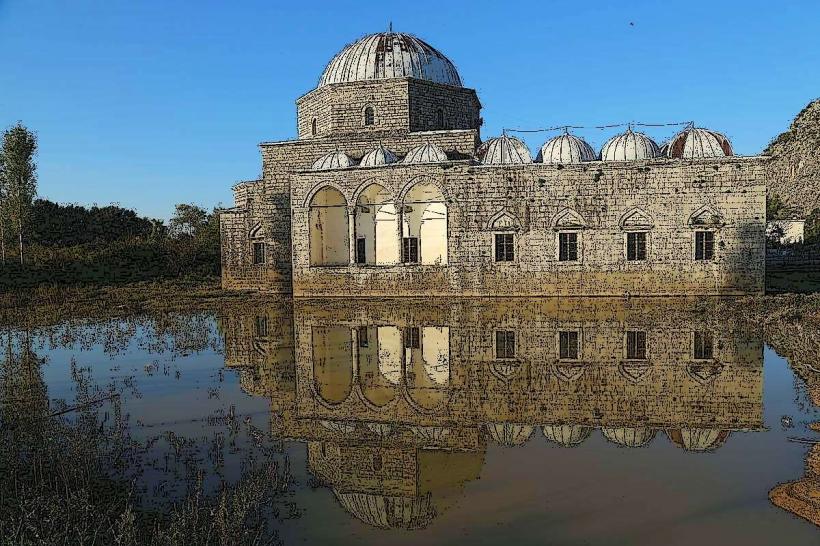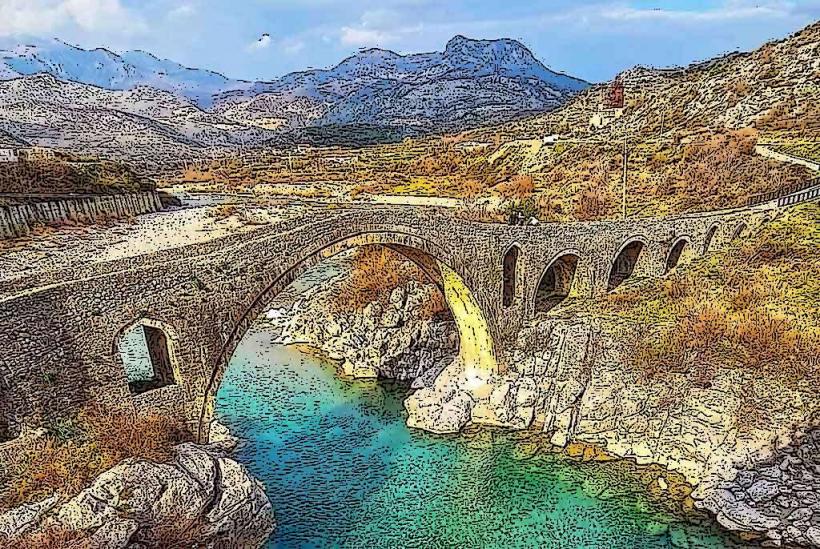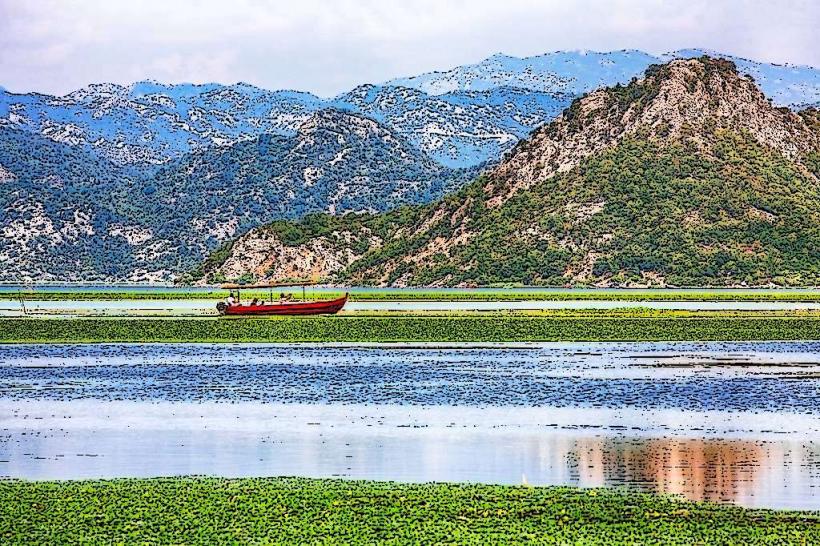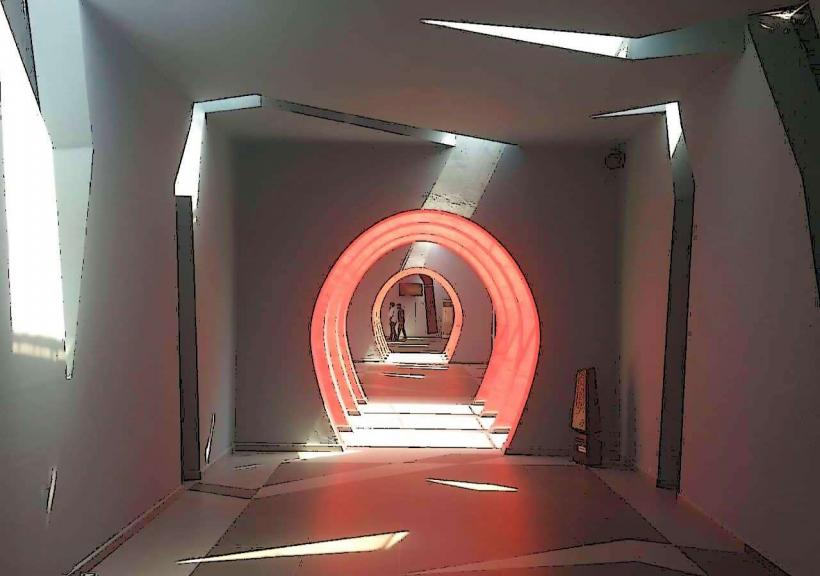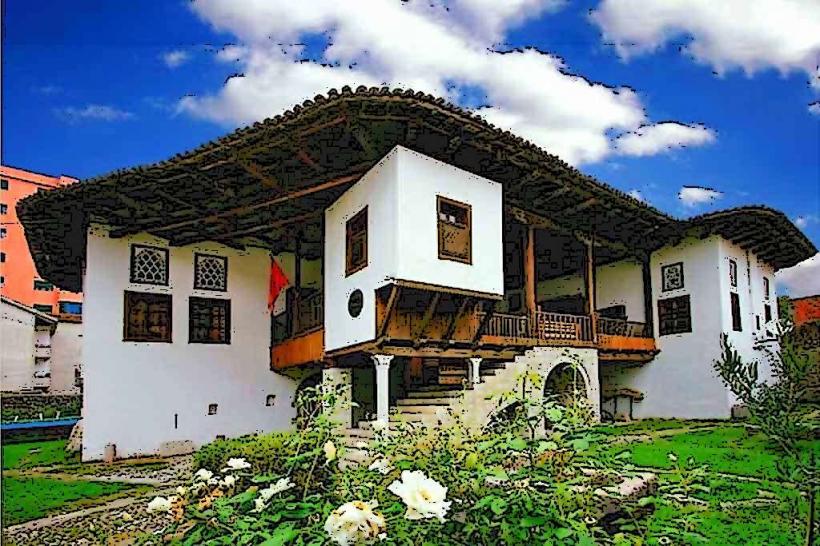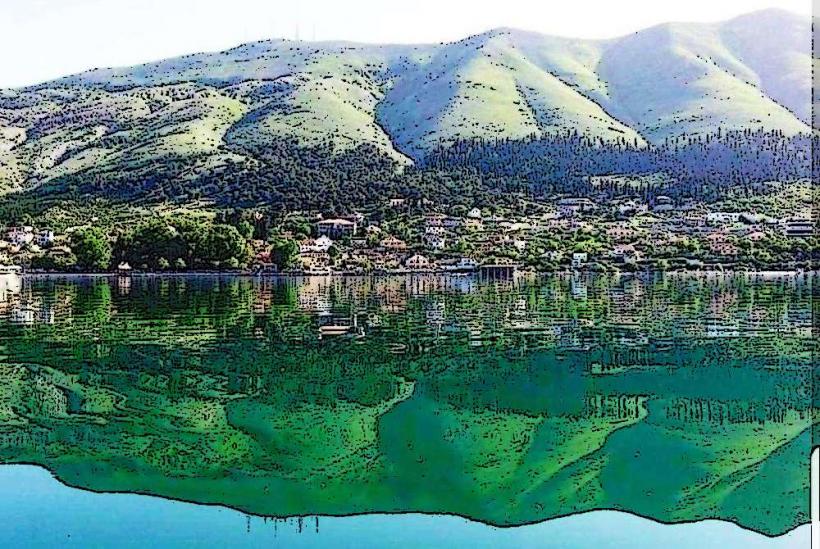Information
Landmark: Ebu Bekr MosqueCity: Shkoder
Country: Albania
Continent: Europe
The Ebu Bekr Mosque (Xhamia Ebu Bekër) is one of the most important and historic mosques in Shkodër, Albania. It holds a significant place in the religious and cultural life of the city, as well as in the broader context of Albania’s Islamic heritage. The mosque is notable for its historical background, architectural features, and cultural role in the local Muslim community.
Historical Background
Foundation and Name
- The Ebu Bekr Mosque is named after Abu Bakr al-Siddiq, the first caliph of the Islamic community after the death of the Prophet Muhammad. Abu Bakr is a revered figure in Islam, known for his leadership and support of the Prophet during the early years of Islam.
- The mosque was built in the 17th century during the Ottoman period, a time when Shkodër was an important city in the Ottoman Empire and a center for both Islamic and Christian communities. The construction of mosques like the Ebu Bekr Mosque reflects the strong Islamic influence in the region during this era.
Religious and Cultural Significance
- The mosque served as a center for religious activities, education, and community gathering. It played an important role in the development of the local Muslim community during the Ottoman period and continues to serve as an active place of worship today.
Architectural Features
Design and Style
- The mosque features Ottoman architectural style, characterized by its simple yet elegant design. It is a single-domed mosque, a common feature of mosques built during the Ottoman era.
- The minaret is a defining feature, typical of Islamic architecture, and it rises above the mosque, visible from much of the surrounding area. It serves both as a visual symbol of the mosque and for the adhan (call to prayer).
Interior Features
- The interior of the mosque is modest, with a mihrab (prayer niche) facing Mecca, the direction Muslims face during prayer. The mimbar (pulpit) is positioned near the mihrab for the imam to deliver sermons during prayers.
- The walls and ceilings of the mosque are decorated with simple Islamic geometric patterns and calligraphy, reflecting the spiritual and aesthetic qualities of Ottoman mosque design.
Courtyard and Surrounding Area
- The mosque has a spacious courtyard, which is a common feature of Ottoman mosques. The courtyard serves as a gathering place for worshipers before and after prayer. It also provides a tranquil area for reflection.
- The surrounding area has been maintained and includes features such as trees and benches, providing a peaceful environment for both visitors and worshipers.
Role in the Local Community
Place of Worship
- The Ebu Bekr Mosque remains an active mosque, serving the local Muslim population of Shkodër. It hosts the five daily prayers, including the Friday Jumu'ah prayer, which is a weekly congregational prayer.
- The mosque also serves as a place for religious education, where people can attend classes on the Quran and Islamic studies.
Cultural Heritage
- As one of the most prominent mosques in Shkodër, the Ebu Bekr Mosque plays an important role in preserving the Islamic cultural heritage of the region. It is a symbol of the historical and cultural integration of Islam in Albania.
Tourist Attraction
- While it remains a place of worship, the mosque is also an important landmark for visitors interested in Albania’s Ottoman heritage and its religious history. It offers tourists a glimpse into the region’s Islamic architectural style and its historical context within the wider history of Shkodër.
Location and Accessibility
Location
- The mosque is centrally located in Shkodër, making it easy to visit from other historical landmarks such as Rozafa Castle and the Shkodër Historical Museum.
- It is situated in an area that has significant religious and historical importance, reflecting the diverse cultural influences in the region.
Opening Hours
- The mosque is generally open to the public outside of prayer times. However, as a place of worship, visitors should be respectful of prayer schedules, especially during the five daily prayers.
Visitors
- Visitors to the mosque are encouraged to dress modestly, and women are usually expected to cover their heads when entering the prayer hall.
- While the mosque is active in its religious role, it also welcomes tourists who are interested in learning more about Shkodër’s Islamic heritage.
Conclusion
The Ebu Bekr Mosque is a significant cultural and religious landmark in Shkodër, Albania. Its historical ties to the Ottoman Empire, its architectural beauty, and its continued role in the religious life of the city make it a place of both historical importance and living tradition. For those visiting Shkodër, the mosque offers a unique opportunity to engage with the city’s Islamic history, admire Ottoman-era architecture, and experience the peaceful atmosphere of one of the city’s most enduring institutions.

